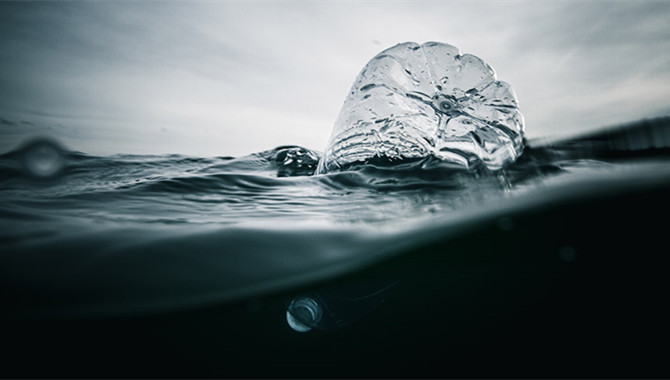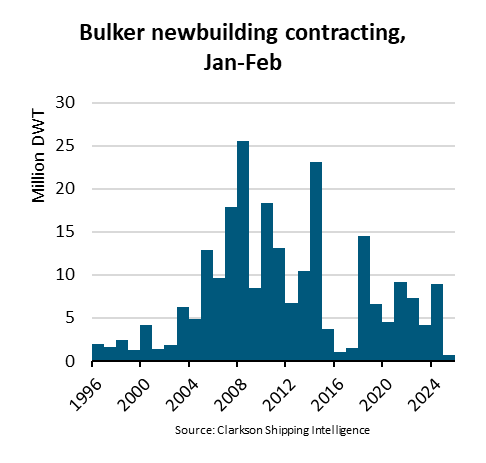
With discussions at the International Maritime Organization's (IMO) Marine Environment Protection Committee (MEPC) meeting (held 10 to 17 June 2021) on sea-based sources of marine plastic delayed until the end of the year, BIMCO is looking at what the shipping industry can to do reduce its plastic footprint to ensure momentum is not lost in the absence of formal discussions at the IMO.
Plastics: A forgotten threat?
In his address to the UN General Assembly earlier this month, Peter Thomson, UN Special Envoy for the Ocean, drew attention to the 150 million metric tons of accumulating plastic waste, microplastics and discarded fishing gear that has been dumped into the sea. Thomson stated that “such is the extent of our dependency on plastic, that we find no silver bullet for the plague of marine plastic pollution.”
This statement was made against a background of ever- increasing plastic waste due to the Covid-19 pandemic and the delay or withdrawal of a number of national initiatives to limit single-use plastics and whilst most of the plastics in the ocean comes from land-based sources there is still a role for shipping to play to reduce its footprint.
Understanding the contribution of shipping
As the eyes of the world look to Sri Lanka and the potential impact of an estimated 3000 billion plastic nurdles released from the MV X-Press Pearl, the IMO still needs to address how it will move forward, both in understanding the contribution of shipping to the marine plastic problem and what solutions might be adopted. The 76th meeting of its Marine Environmental Protection Committee (MEPC 76) held 10 – 17 June has found the Committee focussing on reduction of greenhouse gas emissions from ships. As such, member states and international observer organisations will now wait to consider a report from the Joint Group of Experts on the Scientific Aspects of Marine Environmental Protection (GESAMP) working group on Sea-based Sources of Marine Litter which looks at the contribution of shipping until later in 2021.
-
The stranding of items from merchant shipping is increasing.
-
Remote areas or areas around shipping lanes may be more affected by debris from shipping – and marine protected areas (MPAs) may be particularly at risk. This is highlighted by the presentation of a study that showed 55%–88% of stranded litter in six MPAs studied in the Mediterranean Sea could be traced to shipping.
-
There is significant uncertainty regarding the loss of containers and the contribution to marine plastic pollution.
-
Microplastics are also generated from grey water management and discharge systems and from other operational or accidental releases (such as resin pellet spills.)
What is BIMCO doing?
BIMCO has therefore taken initiatives to highlight that plastic pollution remains a significant threat to the marine environment. In light of delays in international action and discussion, BIMCO is looking at a number of initiatives to approach how shipping can reduce its plastics footprint. These initiatives include:

 Ningbo Containerized Freight Index Weekly Commentar
Ningbo Containerized Freight Index Weekly Commentar  Ningbo Containerized Freight Index Weekly Commentar
Ningbo Containerized Freight Index Weekly Commentar  Ningbo Containerized Freight Index Weekly Commentar
Ningbo Containerized Freight Index Weekly Commentar  BIMCO Shipping Number of the Week: Bulker newbuildi
BIMCO Shipping Number of the Week: Bulker newbuildi  Ningbo Containerized Freight Index Weekly Commentar
Ningbo Containerized Freight Index Weekly Commentar  Ningbo Containerized Freight Index Weekly Commentar
Ningbo Containerized Freight Index Weekly Commentar